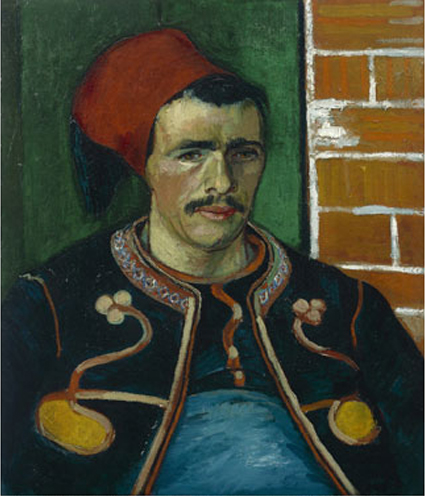It is difficult to think of an artist who has been more damaged by the cult of his own popularity than Vincent Van Gogh. His short and unquestionably tragic life has been so mythologised and sentimentalised, and his pictures so ubiquitously reproduced and pastiched – on anything and everything from fridge magnets to mousepads – that it has become almost impossible to see him with fresh eyes. But the organisers of a new exhibition at the Van Gogh Museum in Amsterdam have had the ingenious idea of showing his work alongside that of the first generation of twentieth-century artists to have fallen in love with it. By tracing the patterns of Van Gogh’s influence, by comparing his work with the work by other artists who were moved, by his innovations, to push their own painting in similar directions, the exhibition seeks to give a fresh perspective on the nature of his achievement. In doing so, it successfully recaptures a sense of the tremendous excitement that greeted his arrival on to the stage of world art.
The show’s title is “Van Gogh and Expressionism”, an oversimplification of its actual subject. In fact, the exhibition focuses on the vital influence that Van Gogh exerted on a selection of German and Austrian artists during the first two decades of the twentieth century – principally Ernst Ludwig Kirchner, Emil Nolde, August Macke, Karl Schmidt-Rottluf, Max Pechstein, Gustav Klimt and Egon Schiele. Those artists were in turn associated with three distinct groups or movements in early twentieth-century art – the Brucke group in Dresden; the Munich Expressionists who called themselves Der Blaue Reiter; and the artists of the Vienna Secession. Approximately ninety works of art have been included, a third of which are paintings by Van Gogh, drawn mainly from the Van Gogh...


